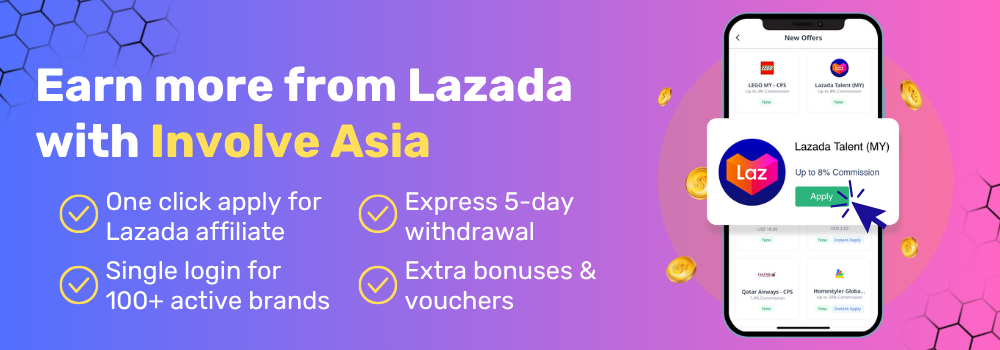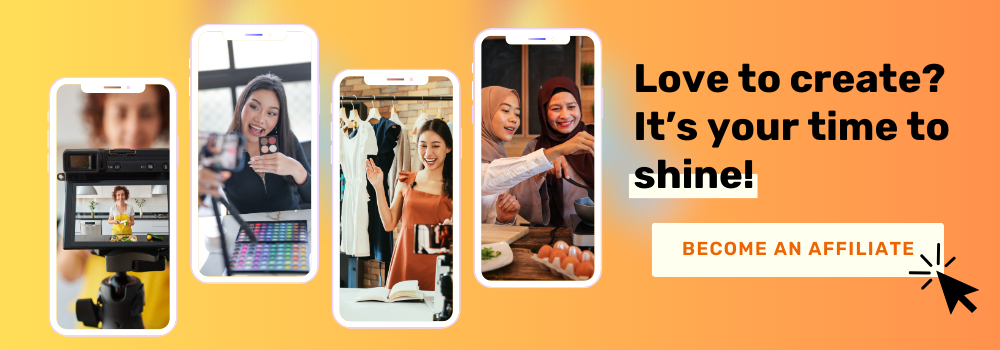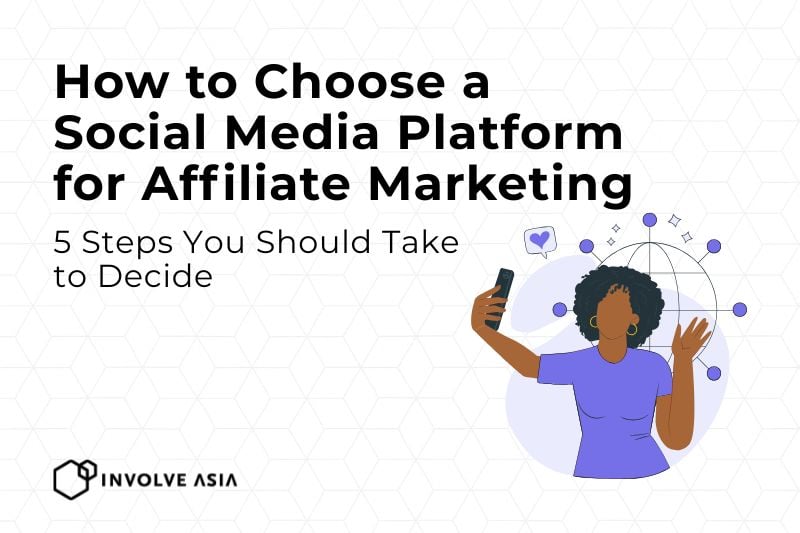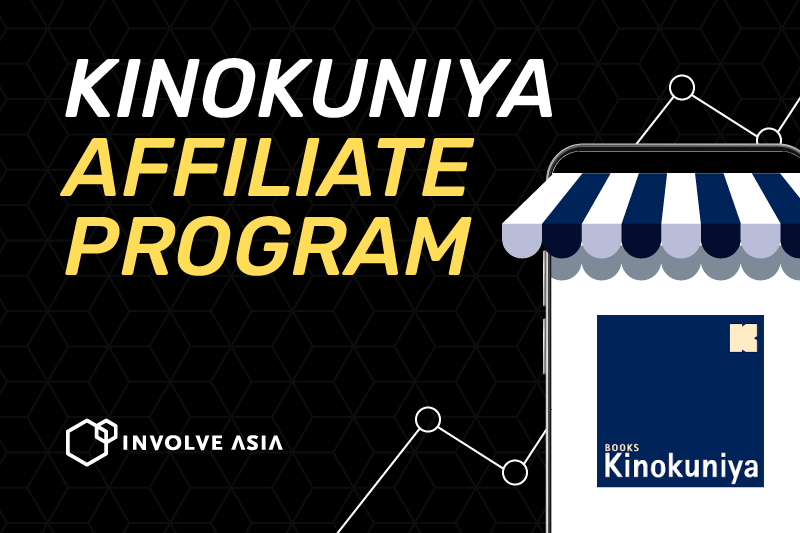When it comes to affiliate marketing, your social media platform is your stage. Choosing the wrong one is like trying to sell sunglasses in the dark — no one’s going to see them.
But when you pick the right platform? You’re putting your affiliate links right where your audience already hangs out.

5 Steps How to Choose a Social Media Platform for Affiliate Marketing
Step 1: Understand Your Target Audience
Demographics and User Intent
You can’t sell pet toys on LinkedIn and expect magic. Each platform attracts a different crowd — TikTok is hot with Gen Z, Instagram’s full of lifestyle followers, and Facebook still dominates among millennials and boomers.
Where Your Audience Spends Time
Use tools like Meta Insights, Google Trends, or even surveys to see where your ideal customer is scrolling. If you’re promoting beauty products, head to Instagram or TikTok. For tech reviews? YouTube’s your playground.
Step 2: Define Your Affiliate Marketing Goals
Are You Looking for Sales, Traffic, or Brand Awareness?
Not all goals are created equal. Want fast clicks? Go with Instagram Stories or TikTok. Looking for SEO juice and evergreen content? YouTube and blogs are your besties.
Do You Want to Build a Personal Brand or Media Channel?
If you’re the face of your brand, go where your face can shine — video platforms like TikTok and YouTube. If you’re running a niche deal aggregator, a Twitter thread or blog might do the trick.
Step 3: Consider Your Content Style
Video, Images, Text – What’s Your Strength?
Are you a smooth talker on camera? Or a caption-writing ninja? Choose platforms that play to your strengths. Visual creators love Instagram and TikTok. Word wizards thrive on Twitter and blogs.
Platform Formats that Support Your Style
Instagram Reels, Facebook Live, Twitter threads, YouTube Shorts — every platform has a unique way to engage. The right format makes your affiliate links blend in naturally.
Step 4: Evaluate Platform Features
Business vs. Personal Profiles
Business profiles on Facebook, Instagram, Twitter, and TikTok let you track clicks, schedule posts, and access insights — features personal accounts lack. Upgrade your account if you’re serious about performance.
Analytics, Scheduling, and Link Tracking
Use platforms that integrate with Bitly, Google Analytics, or even native link tracking. Schedule posts with tools like Buffer or Later so you stay consistent — even while you sleep.
Step 5: Compare Popular Platforms
Facebook: The All-Rounder
Still a powerhouse for communities, moms, and anyone 30+. Great for groups, live sessions, and long captions.
Facebook Business Page Setup
- Create a personal account if you haven’t.
- Go to “Menu” → “Create” → “Page”.
- Add name, description, photos, and you’re live.
- Use Facebook Creator Studio for insights and scheduling.
Instagram: For Visual Storytellers
Perfect for fashion, lifestyle, beauty, and fitness niches. Stories, Reels, and static posts offer multiple entry points for affiliate links.
Instagram Creator Account Setup
- Go to Settings > Account > Switch to Professional Account.
- Choose “Creator” and add your bio + affiliate link page.
- Use Linktree or Beacons for link-in-bio setups.
TikTok: For Bite-Sized Video Marketers
High discoverability, low attention span. Great for viral product demos and trends.
TikTok Pro Account Setup
- Settings & Privacy → Manage Account → Switch to Pro.
- Choose “Creator” and a niche category.
- Track your best-performing posts via the Creator Tools tab.
Twitter (X): For Fast-Paced Engagement
Good for deal sharing, real-time updates, and building topical authority. Especially effective if paired with blogs or landing pages.
Twitter Professional Profile Setup
- Tap profile picture → Twitter for Professionals.
- Agree & Continue → Pick “Creator” → Choose Category.
- You’re now ready to tweet with intent.
YouTube: For Long-Form and Searchable Content
If you enjoy explaining things and giving tutorials, YouTube’s unmatched in affiliate marketing potential. Videos rank in search, and product reviews build long-term credibility.
YouTube Channel Setup
- Sign in with Google → Create a channel → Add branding.
- Post your first video with affiliate links in the description.
- Engage with viewers and monitor YouTube Studio for insights.
Bonus: Blog vs. Website – What’s Better for Affiliate Marketing?
| Feature | Blog | Website |
|---|---|---|
| Purpose | Share updates, personal takes | Provide static info or services |
| Monetisation | Affiliate links, ads, sponsors | Sell services, products |
| SEO | Fresh, updated often | Good for long-term pages |
| Audience Style | Ongoing engagement | Informational |
Conclusion
Affiliate marketing success isn’t about being everywhere — it’s about being where it counts. Match your content style, goals, and audience with the right platform. Start small, track performance, and grow as you go. Don’t let shiny objects distract you — stick with what works for you.

Frequently Asked Questions (FAQs)
Which social media platform is best for affiliate marketing?
The best social media platform for affiliate marketing depends on your audience and content style. If you love making short videos and want to reach a younger crowd, TikTok and Instagram are great options. For those who enjoy sharing longer videos, tutorials, or product reviews, YouTube is perfect because your content can be searched and discovered over time.
Facebook is ideal for building community through groups or pages, especially for people aged 30 and above. Twitter (now called X) works well if you like quick updates or sharing deals. The key is to choose one or two platforms where your target audience spends the most time and where your content feels natural to create. Start simple, focus on quality, and grow from there.
What platform is the best for affiliate marketing?
There’s no one-size-fits-all answer, but YouTube is often considered the best long-term platform for affiliate marketing. Why? Because videos on YouTube continue to get views months or even years after being posted, especially product reviews and tutorials. It’s also search-friendly, so people looking for honest opinions will naturally find your content.
If you’re more comfortable with short-form content, TikTok and Instagram are excellent for showcasing lifestyle products or creating quick how-to clips. For writers or deal sharers, Twitter and blogs work well too. The best platform is the one that fits your content style and where your audience hangs out. Don’t stress about being everywhere—pick one, get good at it, and grow from there.
Do you need to be popular on social media for affiliate marketing?
No, you don’t need to be popular to succeed in affiliate marketing. In fact, many beginners earn commissions with just a small but engaged audience. What matters most is trust. If your followers believe in your recommendations, they’re more likely to click your links and buy. Even with a few hundred followers, you can start making sales if your content is helpful and you focus on the right niche.
Platforms like Instagram, TikTok, and blogs allow anyone to start sharing honest product reviews or helpful tips. Instead of chasing popularity, focus on creating useful, consistent content and building real connections with your audience. That’s what leads to affiliate marketing success.
How to start affiliate marketing on social media?
Starting affiliate marketing on social media is easier than you think. First, pick a platform you enjoy using—like Instagram, TikTok, YouTube, or Facebook. Then, choose a topic or niche you’re interested in, such as beauty, tech, travel, or fitness. Sign up for an affiliate program that matches your niche (like Involve Asia). Once accepted, you’ll get special links to promote products.
Create content around those products—reviews, tutorials, tips, or lifestyle posts. Share your affiliate link in your bio, captions, or stories. Always let your audience know you may earn a commission if they buy through your link. Stay consistent with your posts, and focus on helping rather than selling. Over time, you’ll build trust and start earning.








